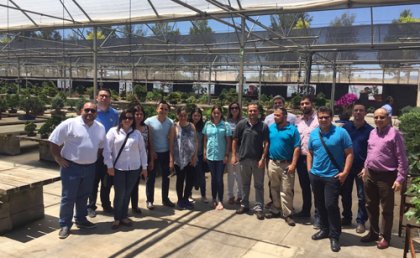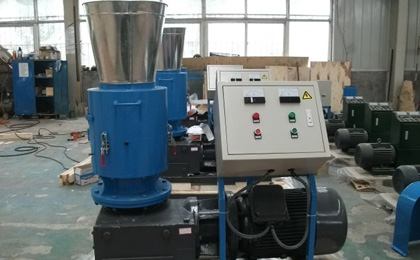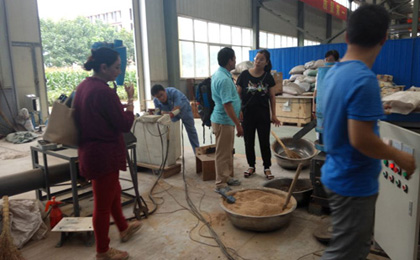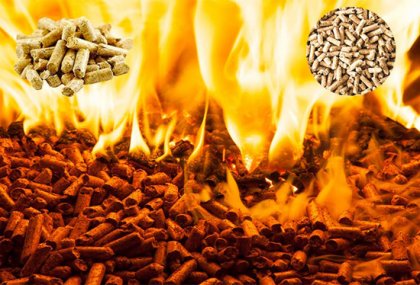Calorific value of biomass pellets
Many friends who want to make biomass pellets believe that the particle density and hardness of the wood pellet machine have an effect on the calorific value. In fact, density refers to the mass per unit volume, and calorific value refers to the amount of heat released per unit mass of fuel in a unit. To make an analogy: the calorific value of kilograms per kilogram of unsewed wood pellets is 4,200 kcal, even if you compress it by a factor of 100, the calorific value of one kilogram is 4,200 kcal.
Biomass pellet density
The mass per unit volume of a substance. The density of biomass pellets is generally between 1.0 and 1.3. The density determines the volume. Therefore, the biomass pellets with higher density will not affect the calorific value and only affect the volume of biomass pellets. However, the densely colored wood pellets are only installed in the same vehicle.
Biomass particle calorific value
An important indicator of fuel quality. The amount of heat released per unit mass (or volume) of fuel when it is completely burned. The heat released by the complete combustion of 1 kg of a certain solid fuel is called the calorific value of the fuel. Therefore, 1 kilogram of wood pellets, regardless of the density of compression, have the same calorific value. It can be seen that the calorific value of the wood chip pellets has nothing to do with the density.

So what are the factors that affect the calorific value of biomass pellets?
Intrinsic factors: The most direct factor affecting calorific value is internal factor. The internal factor is the key to affect the calorific value of the plant itself. It mainly refers to the factors of the plant itself, that is, the main body of the plant, mainly composed of lignin, cellulose, starch, protein, Fat and other substances are formed, and the calorific value of different material components is very different. Therefore, the calorific value of roots, stems, branches, leaves and skins of plants differs greatly.
External factors: The calorific value is not only affected by the internal factors of plants, but also affected by the environment of the plants. The results show that the factors such as climate, soil, temperature and human disturbance have an important influence on the proportion of various organs of plants, which in turn affects the calorific value of the plant. The calorific value of plants reflects the changes in various life activities of plant tissues and the differences in plant growth status. The effects of various environmental factors on plant growth can be reflected to some extent from the change of calorific value. Calorific value can be used not only as an effective indicator of plant growth, but also as a basis for studying energy flow and biomass size. Therefore, whether it is wood pellets, straw pellets and other fuels, the root cause of its calorific value is the calorific value of its vegetation itself. It can't be changed by changing its density, shape, etc. It follows that the wood pellet machine has nothing to do with the calorific value of the biomass pellet fuel produced. The purpose of controlling density is simply to facilitate transportation and storage.






